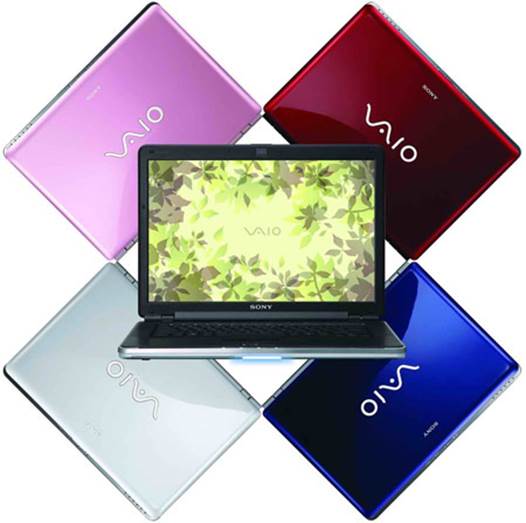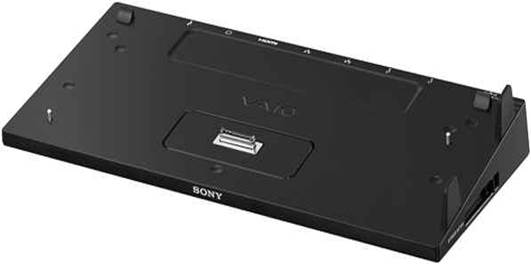We are surprised at the unsuitability
of laptops being sold as business ready, but at least he’s making money out of
it.
I’m beginning to suspect that the current
fad for bring your own computer (BYOC) is a plot thought up by Mike Myers’
character Dr Evil, to double IT staff requirements. The upsides choice; faster
provisioning; avoidance of unhealthy intimacy between purchasing department and
reseller; user care and involvement; and so forth are all promised with no
attempt to enumerate the corresponding downsides. As with other articles of
religious faith, the conditions under which those promises might be delivered
are never explored, either in the nerd-speak you and I use or in plain English
for everyone else. You’ve guessed right, I’m smarting from recent painful
experiences although it hasn’t always been my own ego that was bruised: others
have shared my pain, but it’s my brain that got an Olympic class workout.
Let’s take the easiest case first. A client
suffered a palace revolution in which its IT users renounced the old school and
stormed the steps of the nearest high street PC retailer to replace their
irritatingly nasty home-built workstations (that’s their description: sorry
Asus and Gigabyte). The users had spoken, although in my opinion they were dead
wrong. They were quite sure that nice mid-range Sony VAIOs would cure all
perceived ills and do a far better job than these ageing and annoying desk side
self-builds. (Okay, you self-builders, please wait for the punch line before
you start venting spleen over Twitter in support of your team.)

I listened to the client’s catalogue of
woes. The chief gripe with the shiny-new laptops was that after a meeting they
would all emerge from the room to discover their units were all running slow
horribly slow; verging on unusable. I became increasingly suspicious of their
pattern of activity vis a vis this pattern of systematic slowdowns. It sounded
uncomfortably like their previous complaints about those old desktop PCs, so I
resolved to go forensic on them. It wasn’t so much about how much RAM was in
their machines but more about precisely how they were working inside that meeting
room. “We love our VAIOs,” they all said, “we all take them into the meeting on
wireless so we can check our calendars and set up any to dos that arise”. Not
much wrong with that, except that I already knew the impressive size of their
average mailboxes in the IMAP store, and guessed they might see performance issues
when half a dozen people in the same room wielded both VAIO and BlackBerry
through the same antenna.
Their reply was mildly peevish: “Yes, we
appreciated that at an early stage, so we run the web based access to our mail
server in the meeting room, then let the machines do a full reconcile back at
our desks.” That offered me a glimmer of a hint, but it wasn’t until my next
visit that the full horror of the situation sank in. Their VAIOs very nice
machines, to be sure had all been bought with port replicators, and they all
had secondary monitors, Ethernet cables, proper keyboards and mice hanging off
those ports. These almost portless, slim Ultrabooks docked smoothly into their
replicators, with none of the grinding of plastic and tedious flashing of LEDs
during new device detection that I remember from the last time I had a job posh
enough to warrant a port replicator. (I recall it was a 486/66 ThinkPad that
long ago.)

slim
Ultrabooks docked smoothly into their replicators
Each VAIO replicator dock shows a glowing
LED on its cabled Ethernet port, regardless of whether or not the VAIO is in
it, and when half a dozen people came out of the meeting and plugged in their
laptops, these LEDs remained stubbornly on. By squinting (I’m getting old) at
the tiny pixels making up the taskbar dock in Windows 7 on a super hi-res VAIO
screen, I could just see that the usual wired network connection glyph, a
square with a mouse top right, wasn’t visible. Despite sitting in their docks,
all these laptops were still stuck on the Wi-Fi! I walked around the whole lot,
looking at their LEDs to verify I wasn’t going potty.
Modern laptops can automatically switch LAN
connections, and indeed these VAIOs were managing a completely seamless
transition from wired to wireless. Rush into a meeting with them, and by the
time the coffee is poured you’ll be reconnected on Wi-Fi. What I didn’t expect
was that the reverse transition requires more than merely docking the machine
again. Even with the wired Ethernet link active, some accursed manufacturer’s
bloat ware, or rogue configuration of the Wi-Fi base station and stored
passwords and SSIDs, was causing the VAIOs to remain locked onto Wi-Fi, so that
when users performed their Outlook syncs on what they thought was a Gigabit
LAN, they were instead getting an eighth of a 25Mbits/sec Wi-Fi connection.
Despite their avowed non-techiness, surely they could tell the difference?
Manufacturer bloatware is nothing new. I
remember stripping the tiny disk in my 486/66 machine of all manner of
utilities with six word names that had nothing to do with the job they did
(this being IBM, the network picker was called something like “Access IBM Think
Vantage Internet Protocol Context Settings”). But at least they did their job.
I also remember hunting down the Wi-Fi software suite for a Toshiba Tecra and
being impressed by its radar like circular display of nearby radio signals
although since its antenna didn’t have any kind of directionality, this display
was a complete fabrication.
It’s therefore long been my habit to
collect all the manufacturer’s support site downloads for a machine before I
finally decide to buy it, but these VAIOs were being sold as ready for small
business. I suspect Sony’s rationale for replacing the standard Windows 7
network picker and Wi-Fi connector is that it (like everybody else) has been
replacing the standard offering for at least two decades, and now believes it
knows more about the working patterns of its users than either Microsoft or its
competitors.
Vendors apparently expect their laptops to
be running wireless for the majority of their service life, which makes it a
puzzle why they’d bother to sell port replicators at all. Punchline number one,
which clearly demonstrates what a danger BYOC can be to corporate life, is that
these VAIOs were pretty rubbish at pushing Outlook data around the LAN, even
after a cold restart to kill the persistent Wi-Fi links. This turned out to be
because the standard build they’d bought failed to include an updated Realtek
Gigabit Ethernet driver from Sony’s support site, which really uses the
“Generate & Respond” option for flow control: the driver actually included
had the tickbox, but it made no difference to performance.

Despite
being plugged into their port replicators, the VAIOs were still using Wi-Fi
Now I maintain that the average high-street
retail guy won’t have the level of understanding of company networks to realise
that first, manufacturers’ initial builds can be rubbish; and second, that all
updates should be applied, possibly as part of the pre-delivery inspection.
Guys, if some of you do have such
understanding and are offended by reading this, let me explain further. If
you’re already carrying out such updates, burning the midnight oil on your
customers’ behalf for a shop assistant’s salary, then you’re being had by the
manufacturers. Their attempt to sell business-ready systems is completely
undermined by such bungled configuration choices and rushed specifications,
even as it becomes more crucial for them to get it right. What they’re doing is
turning you into the IT department, so make sure you’re being paid the going
rate for the work you’re doing for them.